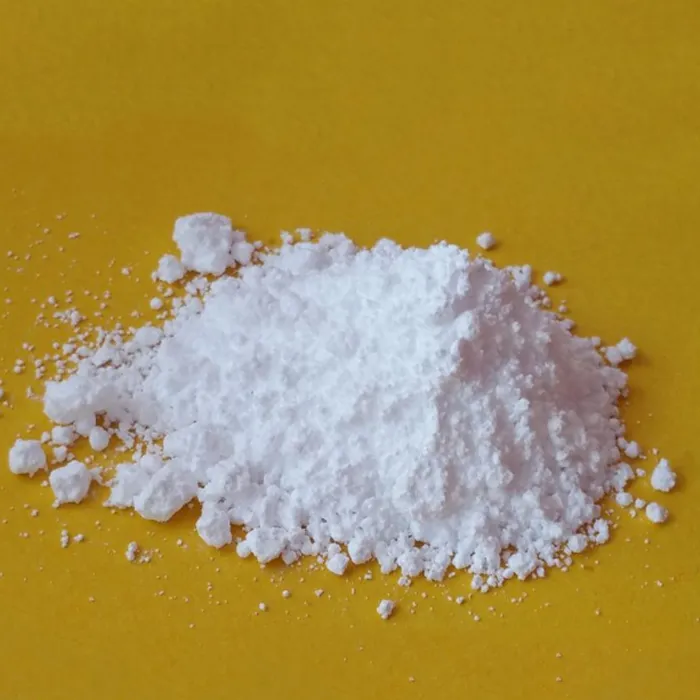Ingredients in Pharmaceutical Products A Comprehensive Overview
Pharmaceutical products are essential in modern medicine, offering treatment and relief for a myriad of health conditions. At the core of these products lie their ingredients, which can be broadly categorized into active ingredients and excipients. Understanding the roles and types of these ingredients is crucial for comprehending how medications work and how they are developed.
Active Ingredients
Active ingredients are the components in pharmaceutical products that provide the intended therapeutic effect. These substances are responsible for treating diseases, alleviating symptoms, or promoting health. For example, in a pain relief medication like ibuprofen, the active ingredient is ibuprofen itself, which works by reducing inflammation and blocking pain signals in the body.
The selection of active ingredients is highly regulated, as they must undergo rigorous testing to ensure safety and efficacy. This process involves preclinical studies followed by several phases of clinical trials, where the drug is tested on human subjects. Only after proving its effectiveness and safety can a drug be approved by regulatory bodies such as the U.S. Food and Drug Administration (FDA) or the European Medicines Agency (EMA).
Excipients
While active ingredients are vital, excipients also play a crucial role in pharmaceutical formulations. Excipients are inactive substances that serve various purposes, including aiding in the manufacturing process, enhancing stability, and improving bioavailability. They can include fillers, binders, preservatives, emulsifiers, and flavoring agents, among others. For instance, lactose and starch may be used as fillers in tablet formulations to achieve the desired bulk and shape.
Excipients are often overlooked, yet they significantly impact the overall quality and performance of the medication. For example, in liquid formulations, excipients can help ensure that the active ingredient is evenly distributed throughout the solution, maintaining uniformity in dosages. Additionally, excipients can improve the shelf life of a product by providing stability and protecting active ingredients from degradation due to moisture, heat, or light.
ingredients in pharmaceutical products

Natural vs. Synthetic Ingredients
Pharmaceutical ingredients can also be classified as natural or synthetic. Natural ingredients are derived from plants, animals, or minerals, while synthetic ingredients are chemically manufactured in laboratories. There is an increasing demand for natural ingredients in medications, driven by a growing interest in herbal remedies and complementary medicine. However, synthetic ingredients often provide more consistency in potency and purity, leading to their widespread use in conventional pharmaceuticals.
Regulatory Considerations
The formulation of pharmaceutical products, including the selection of ingredients, is subject to strict regulatory oversight. Manufacturers must adhere to Good Manufacturing Practices (GMP) to ensure that every aspect of production meets safety and quality standards. This includes meticulous sourcing of ingredients, thorough testing, and proper labeling.
Increasingly, there is also a push for transparency in the pharmaceutical industry, with consumers demanding to know more about what is in their medications. Companies are responding to this demand by providing detailed information about their ingredients, including their sources and potential side effects.
Conclusion
In conclusion, the ingredients in pharmaceutical products serve critical functions that are integral to their safety, efficacy, and overall patient acceptability. From active ingredients that deliver therapeutic benefits to excipients that enhance formulation stability and performance, a comprehensive understanding of these components is essential for anyone involved in the pharmaceutical industry, healthcare, or patients themselves. As the industry evolves, staying informed about ingredient sourcing and regulatory practices will be paramount in promoting safe and effective healthcare solutions.

